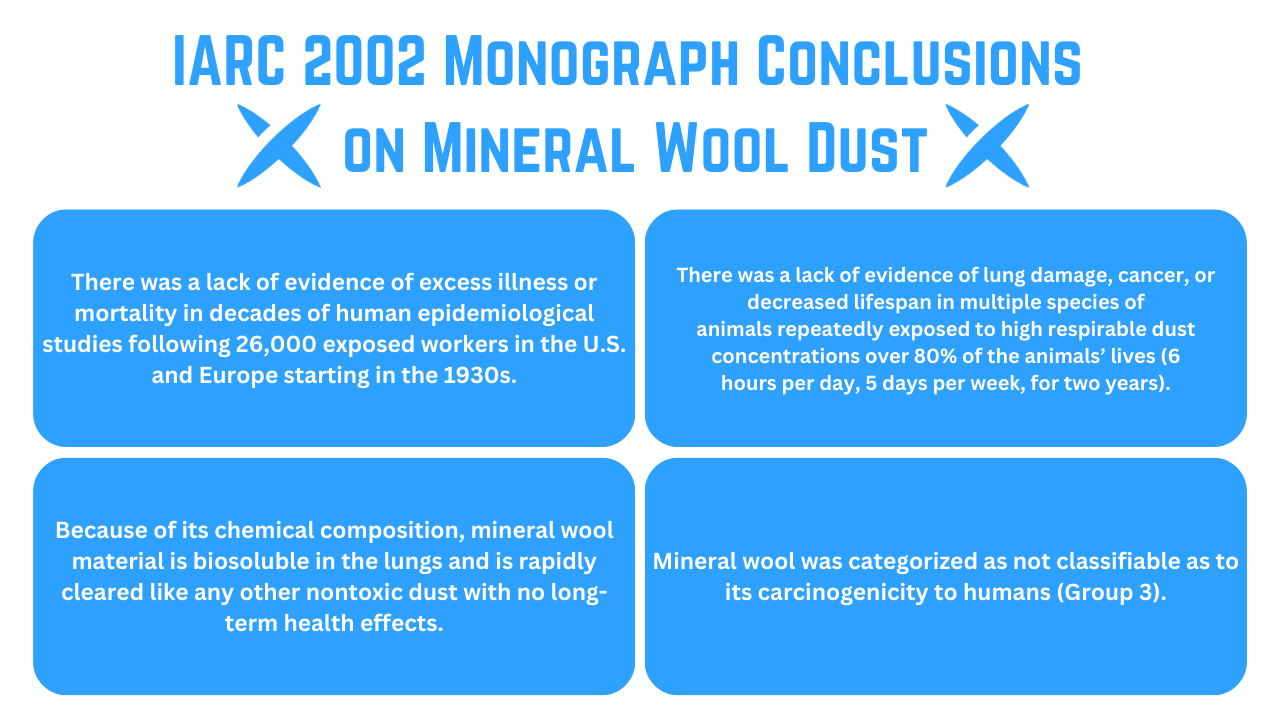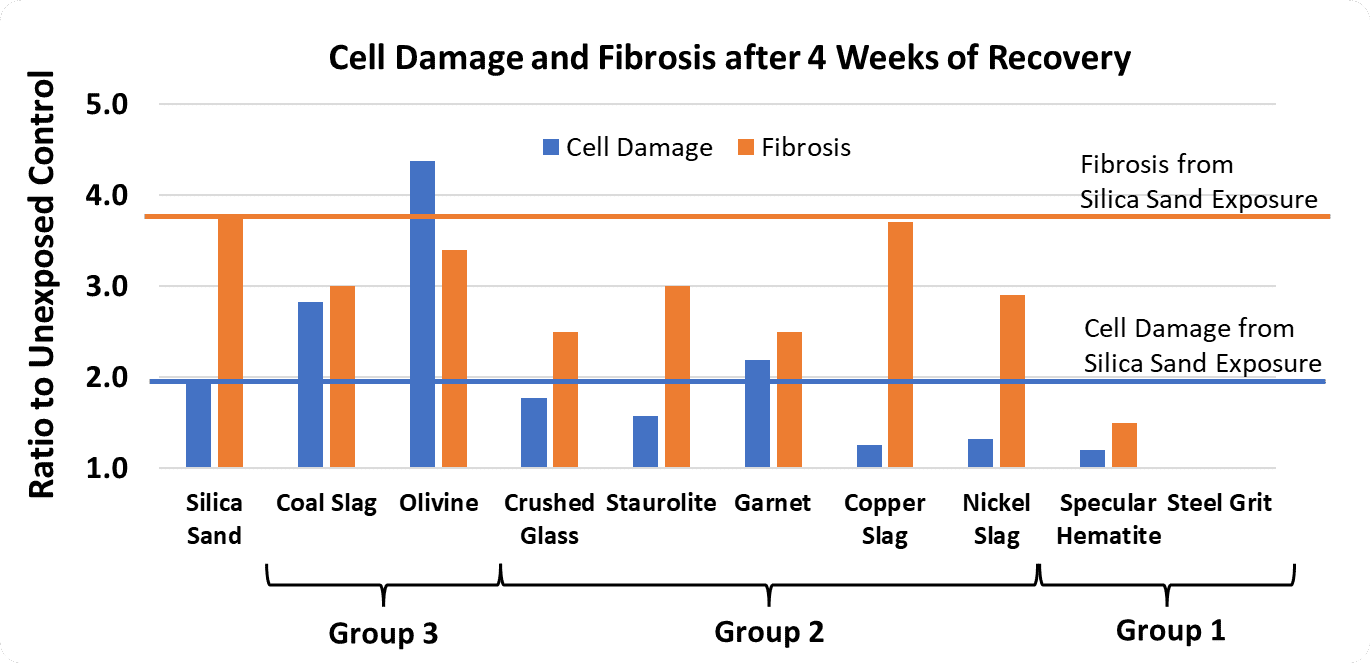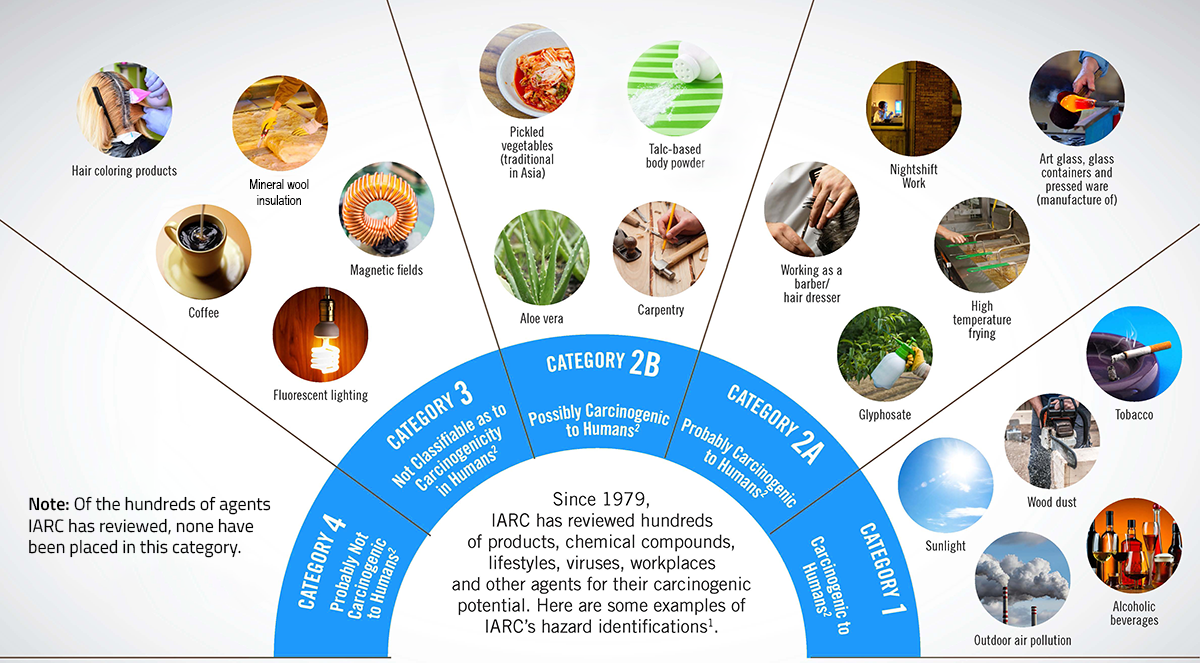Do 10X Abrasives Contain Too Much Beryllium?
An open letter to the blasting community:
I am honored to be the CEO and a co-founder of 10X Engineered Materials. Our entire extended team, from our factory workers to our board chairman and investors, is dedicated to a mission of breakthrough innovation and improving the lives of everyone in our sphere of influence, including you. I participated in the first conversations when superoxalloy abrasive technology was still an idea. I developed the first prototypes in my garage, recruited a VC firm and other investment partners, and helped grow the company to where it is now, selling abrasives to over a thousand customers in the U.S. and internationally. We’ve come a long way in the seven years since those early meetings.
Over the past few years, some of our competitors have been sharing misleading beryllium data in an attempt to slow us down by leading the industry to think that 10X abrasives contain excessive beryllium and are dangerous to use. This letter will explain how published facts and the findings of global toxicological authorities prove that these assertions could not be
further from the truth. Using 10X abrasives actually saves lives. In fact, 10X is the only abrasive on the market whose dust has been proven not to cause lung diseases or cancer, even under conditions of extreme exposure, based on hundreds of toxicological studies.

The difference between 10X abrasives and all other abrasives manufactured and sold worldwide is that 10X particles are made of mineral wool material, which has been subjected to extreme scrutiny from exposure studies in humans and animals over several decades. Tens of millions of dollars were invested in long-term animal exposure studies in the 1990s alone. This massive body of studies was reviewed by the World Health Organization’s International Agency for Research on Cancer (IARC) in 2002. Here’s what the IARC panel of experts unanimously concluded in their 2002 Monograph (Volume 81) after reviewing more than 50 years of gold-standard human, animal, and laboratory toxicological studies of mineral wool dust, including the trace level of beryllium it contains:
- There was a lack of evidence of excess illness or mortality in decades of human epidemiological studies following 26,000 exposed workers in the U.S. and Europe starting in the 1930s.
- There was a lack of evidence of lung damage, cancer, or decreased lifespan in multiple species of animals repeatedly exposed to high respirable dust concentrations over 80% of the animals’ lives (6 hours per day, 5 days per week, for two years).
- Because of its chemical composition, mineral wool material is biosoluble in the lungs and is rapidly cleared like any other nontoxic dust with no long-term health effects.
- Mineral wool was categorized as not classifiable as to its carcinogenicity to humans (Group 3).
It is difficult to overstate the importance of these toxicological exposure studies and just how much weight that agencies like IARC, the American Conference of Governmental Industrial Hygienists (ACGIH), and the U.S. National Toxicology Program hold in the world of regulatory toxicology. Human epidemiological and animal exposure studies provide the scientific basis for determining whether a material is toxic. This large body of studies and the ultimate IARC determination removed mineral wool from lists of possible human carcinogens worldwide. No other blasting abrasive has been tested extensively enough to support an IARC determination – NONE! If exposure to the dust caused chronic beryllium disease, silicosis, cancer, or any other disease, the effects would have surfaced at some point in these studies. There would have been no way for the IARC working group to unanimously conclude that the material is not classifiable as carcinogenic in humans.
There is nothing in 10X products to be afraid of. Mineral wool material is just about everywhere you look. It has been safely manufactured, installed, used, and discarded for over 100 years all over the world. It is used as insulation, fireproofing, and soundproofing in residential and commercial buildings. It is used in the construction of commercial and Naval ships and submarines. The insulation you see around pipes and vessels in industrial processes is often mineral wool. Most ceiling tiles are made using mineral wool. It is even widely used as a growing medium for hydroponic vegetables that we consume with our families at the dinner table.
In addition, the level of beryllium in abrasives is so low as to be virtually indistinguishable from zero. In the IARC Monograph for Beryllium and Beryllium Compounds (Volume 100C), no material or compound with less than 5,000 parts per million (0.5%) beryllium was shown to cause tumors in humans or animals. In fact, three beryllium alloys with 20,000 to 40,000 ppm (2-4%) beryllium were actually tested and shown not to cause tumors in animals. According to a 1998 NIOSH study of abrasive materials, the level of beryllium in virtually all abrasives is less than 10 ppm. 10X products also contain less than 10 ppm beryllium. That’s more than 500 times lower than beryllium-containing materials that were shown to cause tumors in published toxicological exposure studies and 4,000 times lower than some alloys that were tested and shown not to cause tumors.
At this point, all of us who care about worker safety would wonder whether there has been controlled toxicological testing of other abrasive materials. The answer is yes, but nowhere near extensive enough to support an IARC Monograph. And the results firmly support the conclusion that there is no safer choice than 10X superoxalloy abrasives on the market today.
There were two animal exposure studies of abrasives published by the National Institute for Occupational Safety and Health (NIOSH) in 2001 and 2002. These studies involved a single instillation of the respirable dusts of ten abrasive materials into the lungs of groups of six rats per abrasive. The animals were euthanized and examined after four weeks of recovery. The figure below shows ratios for cell damage (blue bars) and fibrosis (orange bars) compared to unexposed animals at only four weeks after a single exposure. The authors of these studies concluded: “The persistent pulmonary inflammation and damage caused by the abrasive blasting substitutes in Groups 2 and 3 suggest that they are not nontoxic alternatives to blasting sand.” A follow-up inhalation exposure study published by the U.S. National Toxicology Program in 2020 confirmed these results, particularly in rats exposed to coal slag and
garnet.

Data taken from: 1) Hubbs et al, Toxicological Sciences, Vol 61, pp 135-143 (2001), and 2) Porter et al, J Toxicology & Environmental Health, Part A, 65, pp 1121-1140 (2002).
All of the abrasives in the chart above contain extremely low levels of beryllium, yet eight out of the ten abrasives in the study caused evidence of permanent lung damage within a month of a single exposure. Beryllium was clearly not the driver of toxicity. This is the kind of testing that truly matters. This is how the toxicity of materials is determined by regulatory authorities. If we truly care about the health and safety of blasters, these results should cause real concern for anyone using coal slag, olivine, crushed glass, staurolite, garnet, copper slag, or nickel slag. They all caused irreversible harm similar to or worse than silica sand.
None of these effects were observed in studies of animals repeatedly exposed to high concentrations of respirable mineral wool dust by direct inhalation over virtually their entire lives. If you blast with 10X, you can rest assured and continue to operate with confidence that your workers are using one of the most toxicologically studied commercial materials in history. No other abrasive can verifiably claim both proven safety and next-generation performance combined. If you haven’t tried our products yet, then I invite you to join us in embracing the future of safe, sustainable, high-performance abrasives.

Mineral wool is categorized by the International Agency for Research on Cancer in Category 3, which designates materials and agents least likely to cause cancer of the hundreds that have been reviewed. This graphic was adapted and updated from GMO Answers.
I am so proud to lead a company with an intense culture of safety and to be able to offer products that are proven through the work of global authorities to be safe for our workers. We look forward to a constructive dialogue for the benefit of the entire blasting community.
Best regards,

Stephen M. Ricci, PhD
CEO
10X Engineered Materials
